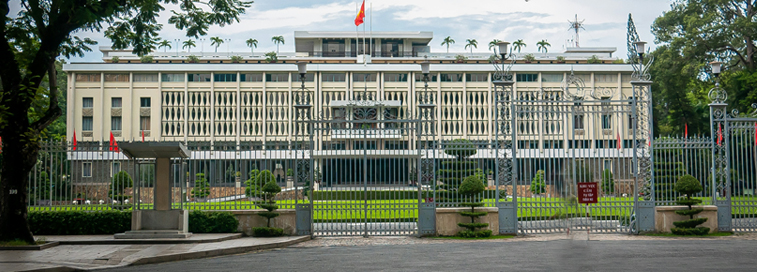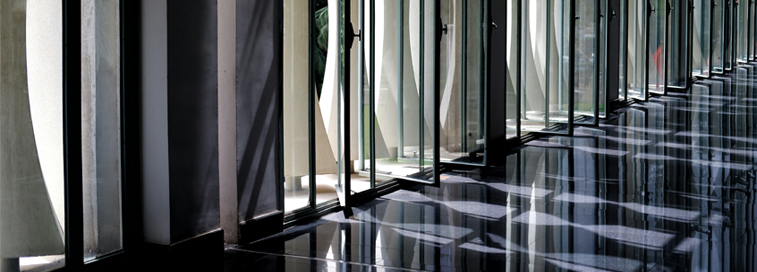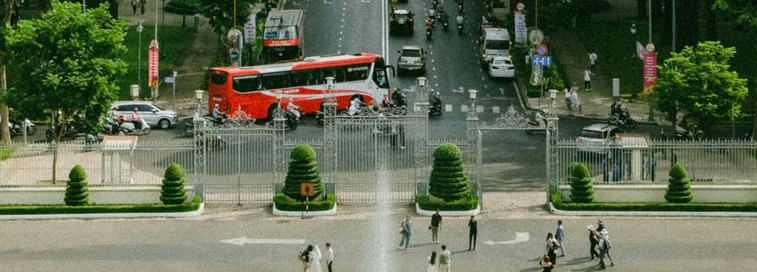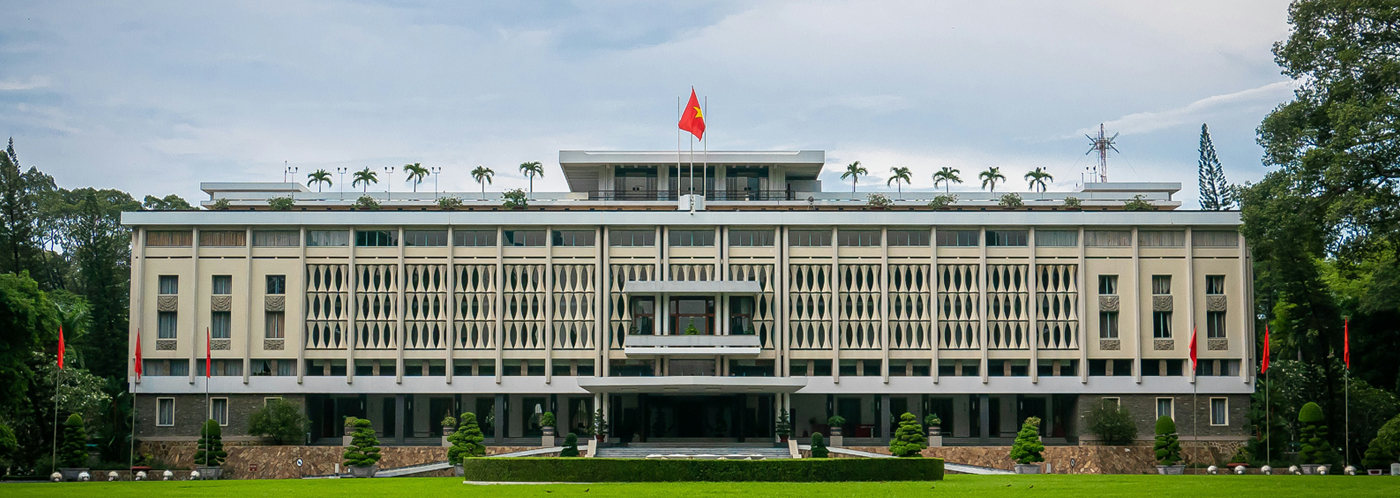Independence Palace




In the heart of Ho Chi Minh City lies a powerful symbol of Vietnam's past - the Independence Palace, also known as Reunification Palace. Designed by renowned Vietnamese architect Ngo Viet Thu in the 1960s, it served as a residence and office for South Vietnamese presidents during the Vietnam War. The building itself is a striking example of 1960s architecture, featuring an airy and open layout that reflects the era's aesthetics.
The palace became etched in history in 1975 when a North Vietnamese tank famously breached its gates, marking the fall of Saigon and the culmination of the war. This dramatic event cemented the palace's place as a symbol of Vietnam's tumultuous past.
Today, the Independence Palace stands as a meticulously preserved landmark. Visitors can explore its various floors, marveling at the grand reception rooms where foreign dignitaries were once welcomed. Upstairs, meeting spaces offer a glimpse into the strategic discussions that shaped South Vietnam's leadership. Even the rooftop helipad, from which the last American helicopter departed Saigon, remains accessible.
A tour of the Independence Palace is a journey through Vietnamese history. From the elegance of its design to the weight of its historical significance, the palace offers a powerful testament to the country's resilience and its ultimate reunification.

